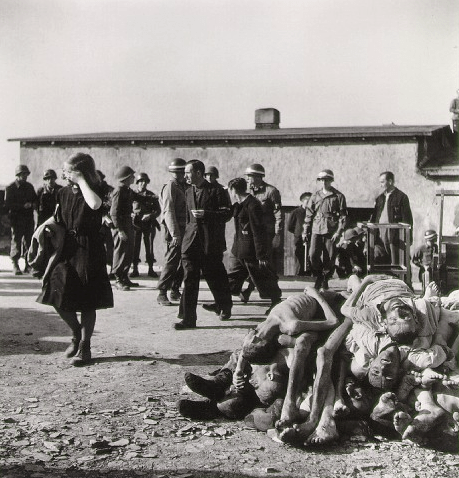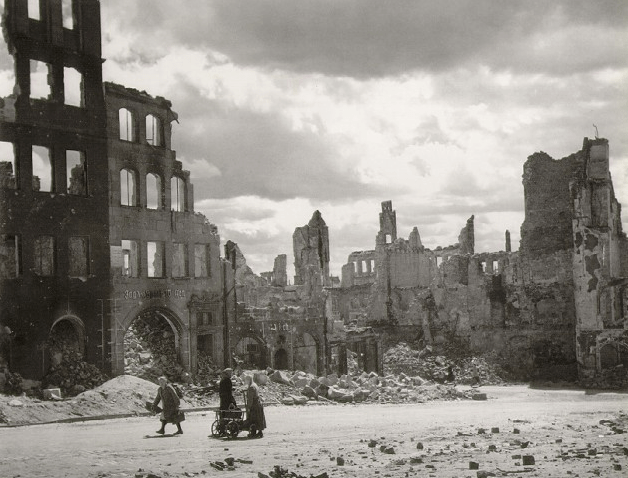The photographer I chose was Margaret Bourke-White. This photographer has pictures dating back to the 1930’s. Margaret Bourke-White died August 27, 1971, Stamford, Connecticut One of the pictures I like the most was the Hohenzollern Bridge, Cologne photo in 1945. In that picture there is the collapsed bridge from a top view maybe from a building. Margaret Bourke-White was the first photographer for Fortune, the first Western professional photographer permitted into the Soviet Union, Life magazine’s first female photographer, and the first female war correspondent credentialed to work in combat zones during World War II. She took up photography, first as a hobby and then, after leaving Cornell and moving to New York City, on a professional freelance basis. She combined her own last name with her mother’s maiden name (Bourke) to create her hyphenated professional name. Beginning her career in 1927 as an industrial and architectural photographer, she soon gained a reputation for originality, and in 1929 the publisher Henry Luce hired her for his new Fortune magazine. To me Margaret Bourke-White has used each small image to tell a part of a bigger story. I realized that she began changing her style from soft-focus pictures to realistic ones that were crisp and sharp. She used Masonite as a modern material for printmaking and her dynamic use of the stencil technique. This produced decorative landscape prints toward the end of her long working life. One of Margaret Bourke-White’s most famous images was taken of Gandhi with his spinning wheel in 1946. Bourke-White began her career taking photographs of buildings for architects, she quickly moved onto industrial photographs. This work is an important example of her most famous series on this subject, that of the inner workings of the Otis Steel Company. It was through these works indeed that she became associated with the early 20th century art movement Precisionism that included artists such as Charles Demuth and Charles Sheeler. Her industrial images brought her to the attention of Henry Luce who would launch her career in photojournalism. She became the first female photographer for the magazine and helped define what it meant to be a photo essayist. Margaret Bourke-White’s legacy in the world of art photography, Documentary and Photojournalism is profound. A true trailblazer, she brought an element of excitement and adventure to her profession. Responsible for many “firsts” – the first industrial photographer, LIFE’s first female photographer, the first American female war photojournalist, the first woman to take her camera into combat zones – she proved a role model for future generations of professional female photographers.

Hohenzollern Bridge, Cologne
1945

Prisoners at Buchenwald
1945

German civilians made to face their nation’s crimes, Buchenwald
1945

Nuremberg
